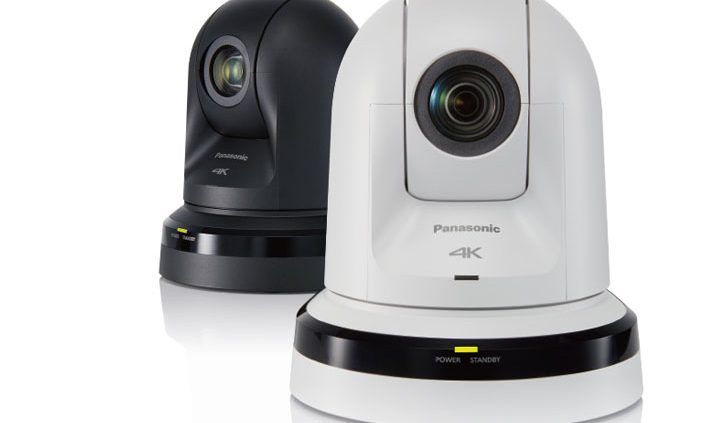Panasonic’s Steve Milley on COVID-19’s Impact on In-Venue Production
By Adam Noyes
When it comes to providing reliable and efficient PTZ cameras, Panasonic is a notable name in both professional and collegiate organizations. After the coronavirus pandemic hit the sports-video community, these cameras became more important than ever. SVG spoke with Steve Milley, national sales manager, Panasonic, to discuss how the company has navigated the ongoing COVID-19 pandemic and how the in-venue production sector of the industry is affected.
How have operations transitioned to working in a remote setting?
There are certain people that are wired to be in an office with colleagues, and it’s hard for them, but, for our group that is engaged with sports and live entertainment, we’re used to being remote. That said, our regular office employees were all equipped with laptops, Microsoft Teams, and other resources so our daily operation wasn’t interrupted.

As an organization, we implemented HR training to assist employees unfamiliar with working from home. For example, there’s a weekly email that provides links to videos, tutorials, and updates on not only how to be productive [at home] but how to communicate and go about your day. It has been beneficial for all Panasonic employees, and we believe it has also been beneficial for our customers because they too have quickly adapted and adjusted.
One of the things that makes us unique is that we’ve outfitted many of our employees with our professional PTZs, so the picture quality has improved. Our sales and engineering staff has effectively built in-home demo facilities, so they can provide a remote demonstration of our equipment. Whether it’s the sports or worship markets or other vertical markets, clients want to see the operation of our equipment. Since so much of the business is transitioning to some type of streaming remote production, we’re giving them a live demonstration of that, and it has certainly helped with a lot of the customers that we deal with.
Aside from internal use, what is the role of the PTZ camera throughout the COVID-19 pandemic?
While we don’t see [studio cameras] going away, it has obviously slowed for the time being, since we’re seeing a lot of more in-room, at-home production. There are more studios being built, even for in-venue, [where] PTZ’s are being used. For example, the NBA is using a number of Panasonic PTZs for [their season]. That wasn’t always the case: traditionally, cameras were either rolling in a mobile production truck or a facility already having studio cameras built in.
We’re also seeing remote productions that are not only using PTZs but including intelligent types of devices for control, like track systems and virtual sets. We’re utilizing the Unreal Engine with our PTZs for these sets or augmented reality, like in esports. This isn’t to replace a playing field, like a basketball court, but certainly can be implemented [for] play-by-play commentary. We do see that potentially happening more frequently.
Also, when we talk about sports, we are very involved in coaching analysis. Many of those facilities where there are sessions on game film and inside classrooms; there is more PTZ work happening in there.
How is Panasonic charting the future of the company during this uncertain time?
We’re traditionally known as an ENG manufacturer, but we’ve evolved greatly with a family of studio cameras, [and] we’ve owned the PTZ market for 10 years or so. As we’ve seen standards like IP and SMPTE 2110 coming along, our business was already going in that direction, so now the pandemic has forced the acceleration of that dialogue even further. We officially launched the KAIROS system during our virtual NAB, which effectively addresses many headend/switching/distribution/control needs from a remote standpoint. It’s based on SMPTE 2110 and has only one frame of latency, so, from a remote standpoint, your only limit is your bandwidth — not the hardware, software, or GPU. It’s format- and resolution-independent, so you can scale it in any way that you want.
Relative to the pandemic, we’re going to continue to develop and foster that type of content acquisition and delivery as the discussions that we are having now are evolving. Before, we weren’t as detailed on technology like the Unreal Engine and KAIROS. Now it’s changed, and we’re having much greater dialogues, with companies that we weren’t normally deeply engaged with.

